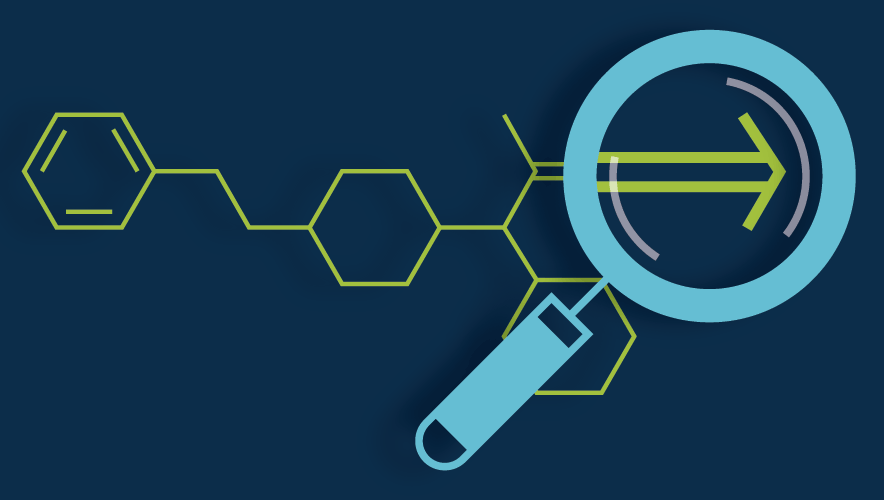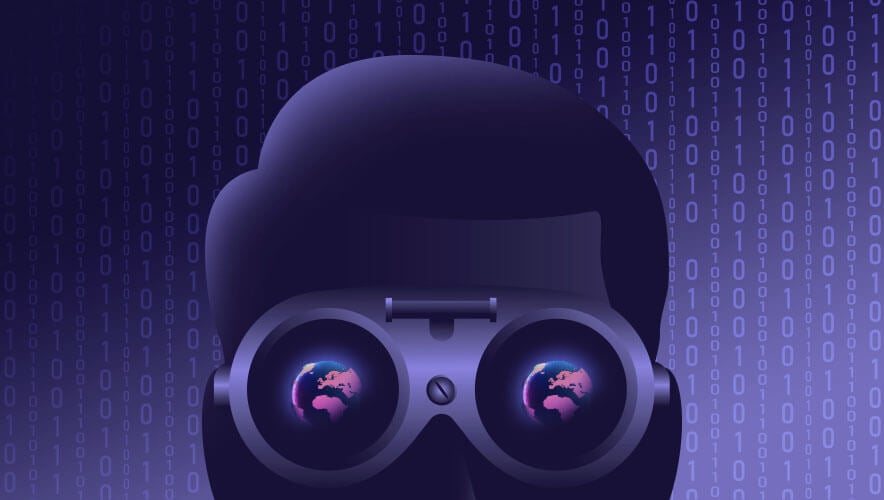Digital Transformation: A New Approach to Organized Crime
Organized crime is one of the most challenging security risks to businesses—disrupting their models and strategic objectives. But new technologies have created opportunities for companies to build innovative security layers to protect against criminal attempts and complex attacks against their assets.
A key element to understanding these new opportunities is data, which is an essential component of digital transformation. Data allows organizations to develop and deliver new security services—and to confront organized crime with new security capabilities.
The digital transformation of investigative services can increase speed of service delivery and service quality, save time or administrative efforts to achieve objectives, or simply save costs. The more data is gathered, produced, and structured to support this transformation, the better it enables an evolutionary change for security services.
One major objective for organizations embarking on this path should be the creation of a data lake. This lake would contain information on criminal scenarios, detailed attributes of criminal activities, types of perpetrators, and networks of additional internal or external companions that focus crime activities to business assets. Having this resource would significantly accelerate investigations and security risk assessments.
CSOs and crime investigation units could create a data lake used to match criminal patterns with organizational vulnerabilities. The data lake would include holistic descriptions of crime scenarios, digital crime scenarios, and criminal tactics of characteristics of adversary groups. New data would then be used to confirm vulnerabilities against the organization, based on analysis of existing information in the data lake.
Another change to traditional approaches that organizations should consider is using digital twins to digitally recreate business assets. By using digital twins, organizations would be able to replicate their physical environments and simulate security assessments, testing consequences, and more without disrupting operations or their physical environment. Digital twins could be used to prepare security management teams to address criminal activity, security controls, and new prototypes before their business models are impacted.
Having this resource would significantly accelerate investigations and security risk assessments.
For instance, the security team could replicate one of the business’s facilities—such as a manufacturing plant—using a digital twin. It could then use that digital twin to simulate attack scenarios on the plant, assess the effects of those attacks on manufacturing, and understand the potential ramifications for the business overall. The digital twin would provide technical opportunities to conduct these scenarios multiple times, allowing the security team to learn without impeding operations.
Further technology trends to consider regarding organized crime include:
- Security Process Automation. This describes the shift from human-based activities to machine-based activities. Standardized and structured activities are conducted and completed by technical means to increase speed, save resources, and let employees focus on sophisticated content.
- Robotics. Physical or virtual robotics can run investigative operations mainly on technological platforms. With robotics, organizations can decide what security operations—and attacks—require a human interface and which can be resolved with a machine response.
- Artificial Intelligence. Generative artificial intelligence (AI) can be used to duplicate content and some activities previously done by humans. Leveraging this technology can help achieve desired results with less human resources, as well as increase the understanding of hidden patterns of perpetrators. This trend particularly will help to manage organizational risks and add value for the protection of the business model.
Countering organized crime will always rely on human-based security management, but tech-based activities that leverage data do significantly increase the ability to learn about criminal activity and protect asset environments. This contributes to creating an innovative security service and improving performance against organized crime. Additionally, this leads to the creation of a new digital culture, where security services are built with data around business models to achieve a new level of protection.
Digital Transformation Steps
An approach for a digital transformation of your security team can follow these steps:
- Define a motivating security vision that aligns with the business’s objectives for an ambitious new era of protection against organized crime. Formulate capabilities that your organization should have and describe conditions that reflect the desired new environment. Highlight the constraints, obstacles, and hindering factors that prevent you from achieving this desired new stage.
- Identify and link new technology trends and innovative capabilities included with the security vision. With these tools, you’ll create new security controls that allow technology to intercept criminal activity—deterring organized crime.
- Seek advisors to select samples by trusted suppliers. Make your vision their new potential project, share challenges, and share the success.
- Increase the amount of security data you have on the relationship between business assets and the activities of organized crime. More data means more power—and greater ability to intercept crime.
- Consistently measure the success and impacts of the changes in the security program by using metrics. Prepare to scale-up in case the changes provide the desired effects.
- Always collect data and review it. Use this data review process to create a digital culture at your organization.
- Maintain close stakeholder engagement with data analysts and gather their feedback—which may lead into your new security objectives.
One example of digital transformation in action is leveraging technology for hiring decisions. Digital transformation of pre-employment screening, background investigations, and vetting can enable business organizations to proactively manage security risks with less effort and greater outcomes.
Using such an approach could save resources, while enabling a safe work environment and preventing workplace violence.
Law Enforcement Impacts
Operational aspects of the digital transformation can focus on an improved collaboration with law enforcement authorities. New technological methodologies of case management systems and reporting to request assistance can lead to a significant simplification of investigation process automation. This leads to faster reporting of issues and less manual investigation by officers.
Investigation units in business entities can seek to increase their organizational maturity with a new balance between technology and human activities being conducted to manage sophisticated content. Reducing manual activities against those handed over to the machine will enable the utilization of precious time for analyzing anomalies and defining new standard activities for the machine.
Crime intelligence units that leverage AI can more effectively intercept organized crime actors. For instance, units could use AI to analyze criminal patterns, standardize their workload, or make suggestions on next steps to take based on analysis of previous cases and expected outcomes. Units could also use AI to categorize organized crime perpetrators, their most likely behaviors, and adversaries to assist with decision-making in the investigation process. Available selections of suggestions for the categorization of perpetrators, their most likely behaviors, and advisories on decision making to respond can be additional improvements.
Initiating a digital transformation at your organization means organized crime groups will face more technology-based security controls. Digital transformation is a must for CSOs planning their next level of security services and should also be included in individual performance objectives.
Gunar Korm, APP, is a senior manager, advisory services, in consulting. He has more than 20 years of security experience and skillsets gained in the German military, the corporate environment, and the vendor environment.












